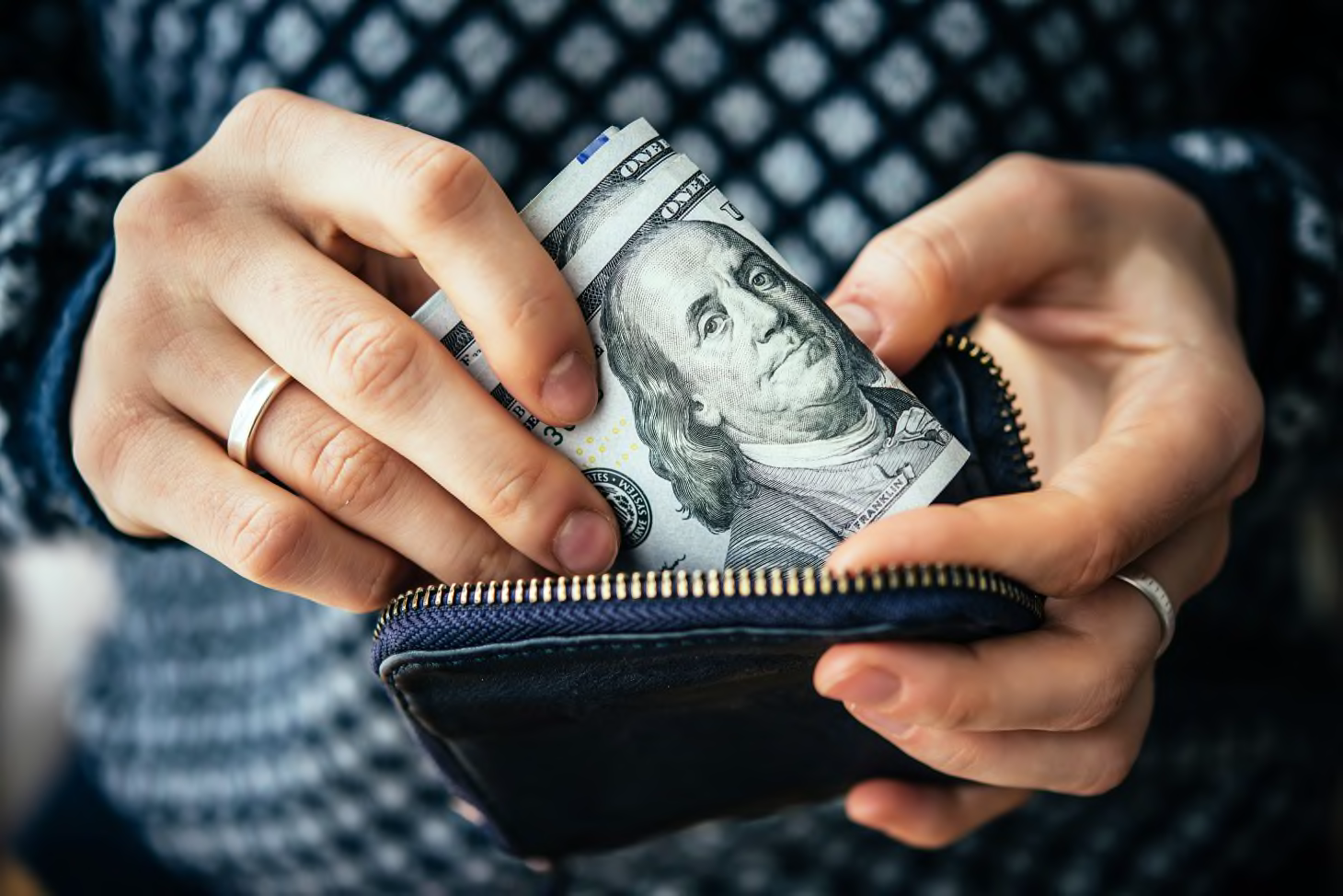
‘Tis the season for filing taxes and more importantly, receiving your tax refund. But before you go and blow it all on a trip to Tulum or a pricey pair of shoes—guilty!—you may want to consider some more productive ways to use your tax refund.
We called on financial advisor Douglas A. Boneparth, CFP and President of Bone Fide Wealth for advice on how to smartly use our tax refunds, no matter how big or small the amount.
But first: savings. Before you earmark your tax payout for anything, Boneparth recommends you check in with your savings account and cash reserves, regardless of your refund size. “If you’re running low on liquidity, or have none, depositing your refund in a high-yield savings account is the way to go,” he said.
If you get under $100 back—and your savings account isn’t empty—then treat yourself.
“If you’re on track to meet your financial goals, perhaps this is where you treat yourself to a nice meal or night out with friends,” says Boneparth. “The dollar amount likely won’t change your life, so perhaps a little fun is in order.”
If you get up to $1,000 back: Build a cash reserve.
“With up to $1000, you should consider enjoying a little of your refund but then putting the rest towards building a cash reserve.” Boneparth explains, “Cash reserves can go a long way in providing a sense of security—and the combination of treating yourself to something little and saving the rest might provide the best of both worlds.”

If you get up to $2,000 back: Spread it around.
“With a $1,000 to $2,000 refund, you’ll be able to divide the refund across multiple short-term goals,” Boneparth says. “Divvy your refund up between your cash reserve, home purchase funds, or any goal that you’re looking to accomplish in less than four years.”
“The larger your refund is, the more you’re able to divide the amount for multiple goals, so understanding which ones are most important to you is critical,” Boneparth says. “We generally find that millennials are saving more to achieve short-term goals, so laying out both your short and long term financial objectives will help you get your priorities straight.”
If you receive more than $2,000: Invest it.
“With this much dough, you might be able to consider putting risk on a portion of the money by investing it for your long-term goals,” says Boneparth, “assuming that your reserves are topped off.”
